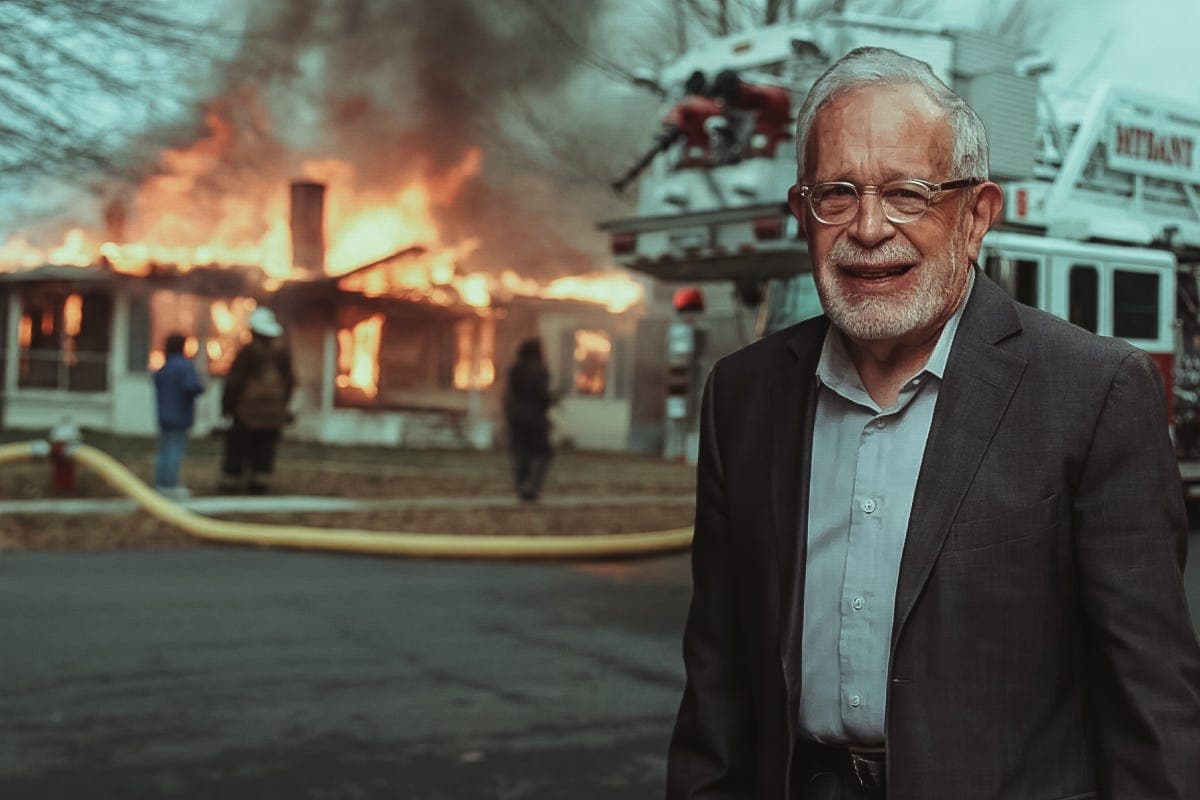
California's Tech Industry Kill SwitchJan 13
it’s not a tax on “wealth,” the union’s ballot prop is designed to target the very concept of founder-controlled companies, and it will force the technology industry out of the state
May 4, 2021

A honey trap for activists. If you’ve spent any time in San Francisco over the last half-decade you’ve seen a playful honey bear or two — or ten — on the side of a building, or in the window of a coy Victorian. The bears range in size from a postcard to a billboard, and their population is as diverse as the city: from little artist bears and hippie bears to pride-themed bears, to nurses and doctors and firefighter bears. There are SF Giants bears. There’s a Ruth Bader Ginsburg bear. The project is a love letter to San Francisco, chosen home of Fnnch, the creative mind behind the work, and until about five seconds ago his bears were a beloved symbol of the city. But this week, while Fnnch was cleaning up a mural he produced for San Francisco’s LGBT center that was targeted by what we might I guess call anti-honey bear activism (homophobic bigotry perhaps? Let’s table it for now), he was harassed by a man named Dogtown Dro and baselessly charged with a variety of totally invented culture war crimes. Dro filmed the altercation and shared it to Instagram, as the entire dialogue was, of course, an exercise in attention grift. Then the conversation was picked up by our bottom-feeding regional media, which threw gasoline on the drama and catalyzed yet another embarrassing local outrage, this time directed against a man who has done nothing other than create art people like and donate money to charity. Meanwhile, on the other side of the country, a loud, colorful Bizarro World version of San Francisco flexed in its bedazzled thong, third drink in hand beneath a canopy of paints and palms and rainbow fabrics. When the sun set, a Ferrari grumbled, and high-rise neon burned across a Pink Moon sky. There was the unmistakable sound of easy, casual laughter. It was Miami Tech Week. People were happy. This was allowed.
A tale of two cities.
I had the chance to interview Fnnch way back last century at the top of this pandemic for Anatomy of Next (iTunes link, Soundcloud link). When he first began the honey bear project, he hoped to get people in the city excited about public space, and to challenge the public’s perception of street art, which has historically been seen as something more like vandalism. It was to be a joy offense. Fnnch believed a cheerful honey bear would be impossible to hate, and for the mentally well, at least, this proved to be correct. His work ultimately helped alter the city’s relationship with public space, and launched him into a rarely successful career in art. As success is something highly suspicious among contemporary artists, backlash was inevitable. But usually backlash against popular art reduces more simply to something along the lines of “this is bad.” San Francisco’s approach was unique. It was also perfectly of this moment.